A black grouse lek
One of the most incredible wildlife spectacles of the year is the annual black grouse lek, when these birds strut and display their feathers during their annual courting ritual. The event takes place between March and April and you can see it in the Yorkshire Dales.
Comical display
The display is spellbinding, if at times a little comical. The males charge around with their curiously-curved tails fanned and erect, wings spread and drooped, whilst making a loud continuous bubbling sound. Then, every now and then, they jump in the air and call out before they resume circling again. It makes them look a bit like a remote-controlled toy on the blink. Meanwhile the dull-feathered females strut nonchalantly through the commotion, occasionally fanning their tail feathers and flirting with the males. For the paintings above and below, I needed some really good photographs to paint from.
Painting of a black grouse, by Robert E Fuller
Black grouse lek in April and will use the same site for the display over many years. It took a quite few phone calls to gain permission from landowners to photograph at two sites, one near Hawes in the Dales and the second in Upper Teesdale. At each location I found a local contact to help me find the lek. I set off to the Dales for a week at the beginning of April. In the mating season, male and female black grouse gather early in the morning for this communal courtship display and so it was important to get there well before the action began each day. My guide was willing to let me use a hide he had built close to the lek and I agreed to meet him at 4.45am at the bottom of the moor.
Up at dawn to see black grouse
I followed him up a stony track that seemed to lead high up onto the moor into the clouds. It was 3°C and the wind blew so hard I was nearly swept off my feet as I got out of the car. The sky was black and it was only with the help of my guide’s headlights that I could make out a canvas hide, braced against the wind. The guy ropes were taut and the pegs had been weighed down with boulders to keep the hide from flying off. As I clambered inside with all my camera gear and began to set up, I was reminded of the first time I photographed black grouse in North West Scotland. It was even colder there; I had snow showers to contend with and, back then when I used film cameras, photographing in low light was hard work. I was better prepared this time with warmer clothes and digital cameras, but the weather was still against me.
Black grouse calls
I had just got the cameras onto the tripod when I heard the unmistakeable ‘tcheway’ call of the black cock, shortly followed by another one. It sounds a bit like a tyre being let out suddenly. Before long I could see seven male birds, their white bottoms glowing in the gloom. As dawn approached, the noise climaxed. A hen was on the horizon. She wandered through the lek, casually inspecting each male. They were frantic to impress her and fights soon broke out amongst them.
Female grouse are choosy
But she sauntered nonchalantly through them and before wandering to the edge of the lek and watching intently as another female arrived on the scene – the females like to take their time before picking out the fittest and strongest male. It was a great morning, but by 8am all the action was over and the grouse wandered off to feed. Once their tails are back down and no longer fanned they look like an entirely different species, in fact more like you would expect a grouse to look. Over the next two days the weather got worse and when I woke at 4am the rain was battering so hard against the window panes that I decided to go back to sleep. The next day I was awake at 4am as usual. The weather wasn’t great but I didn’t want to lose a third day so I set off for the lek anyway. As I started the drive high up into the hill clouds on the moor, the wind and rain hammered against my windscreen. But I stuck it out and by 7am the weather had improved a bit.
The lek
I got some quite good shots but was getting edgy; I only had two days left and I still hadn’t got the pictures I wanted. I felt relieved when I watched the weather forecast that night: things were set to brighten. On the fifth day of the trip, I woke even earlier than usual, drew back the curtains and looked out of the window. I could see the stars twinkling brightly, promising a clear day at last. As I got into the hide it was still dark. There was not a cloud in sight, but that strong wind was still there. The black cock arrived at 5am and started to lek but as the sun came over the hill a short-eared owl flew by. There was an explosion of whirring wings and in an instant all the birds were gone. Luckily they reappeared 20 minutes later and started lekking again. I was pretty pleased with the result; so nice to see them with a bit of sun on their backs, which brings out their iridescent sheen. But again by 8am they were off.
A clear day for photographs
I was due to travel back home on Saturday and decided to give it one last go that morning. Again there was not a cloud in the sky but for the first time all week the wind had dropped. As I waited in the hide in the dark I could hear the haunting call of curlews ringing out across the moor followed by the signal whistle of a golden plover. As the black cock arrived and also began to call, I knew this would be the morning I had waited for. I had been up at 4am for four days and on the last day of this trip it all seemed to be coming together.
New location












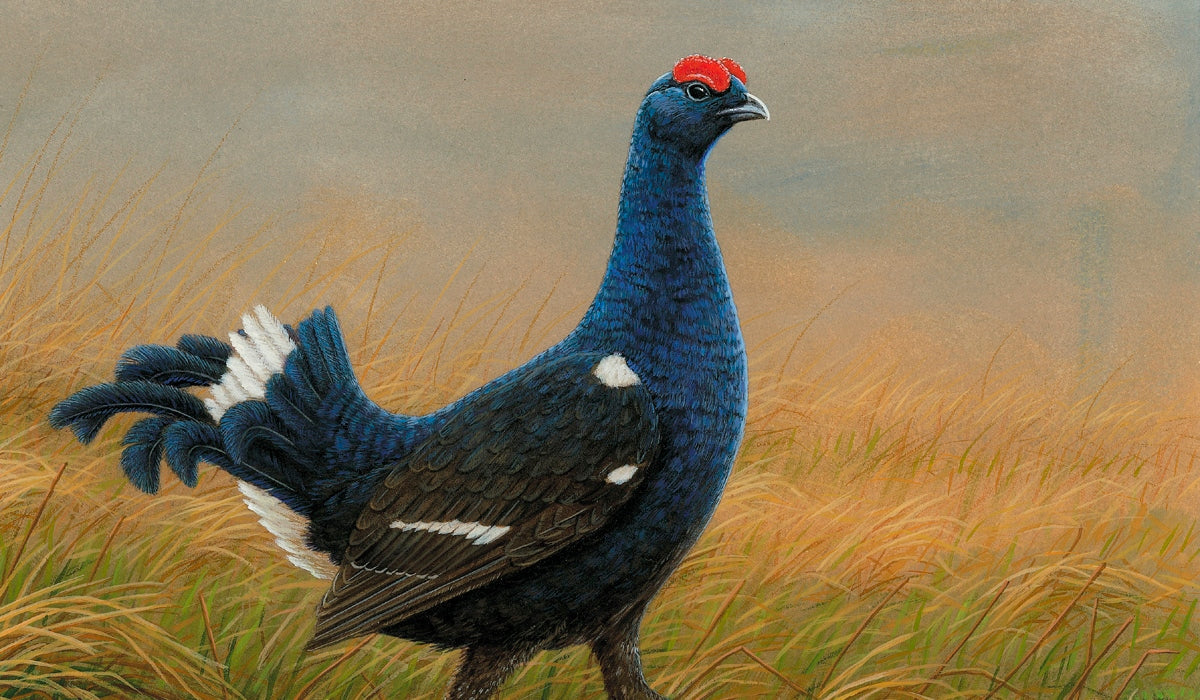















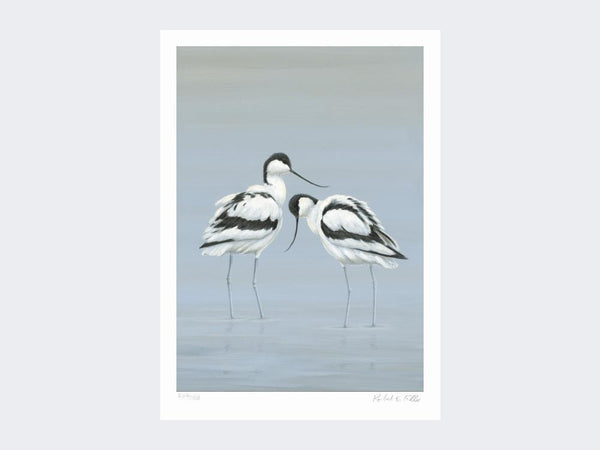
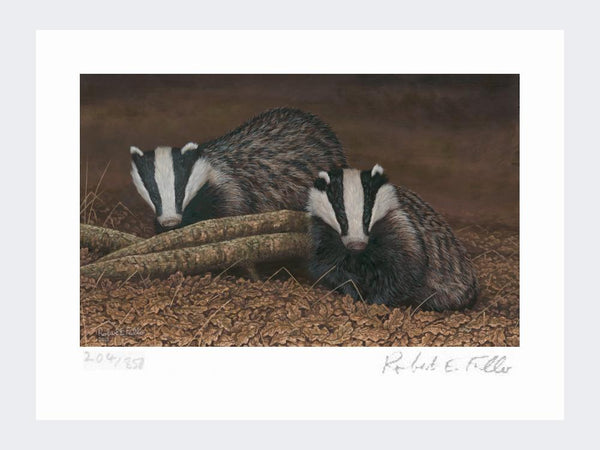
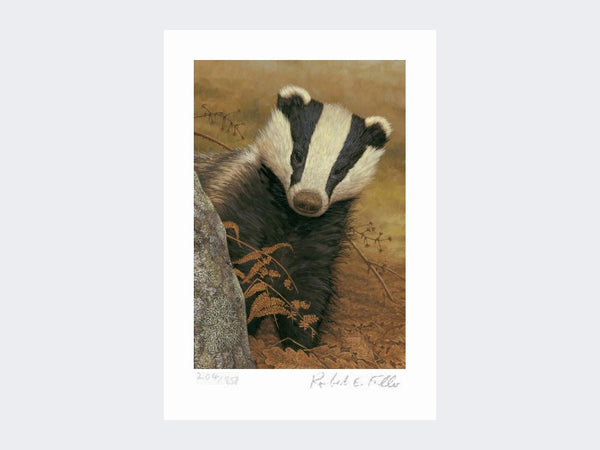
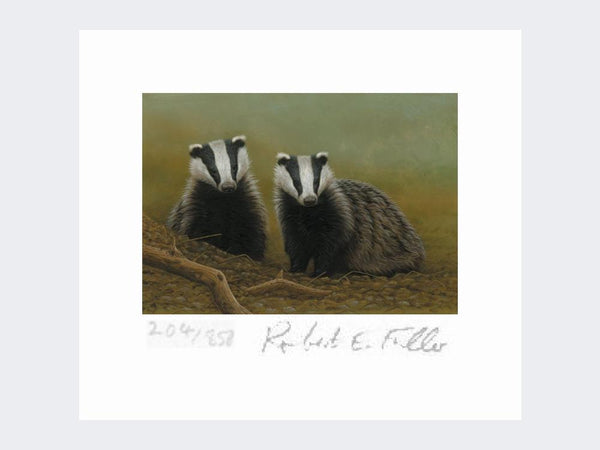
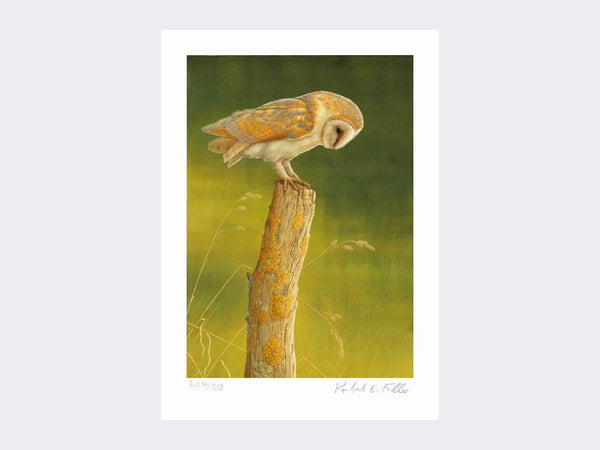
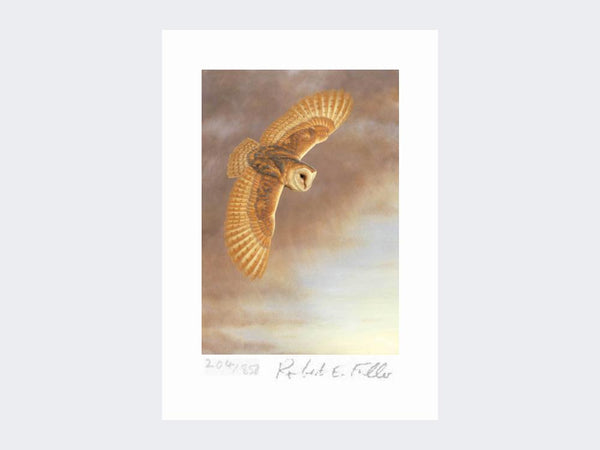
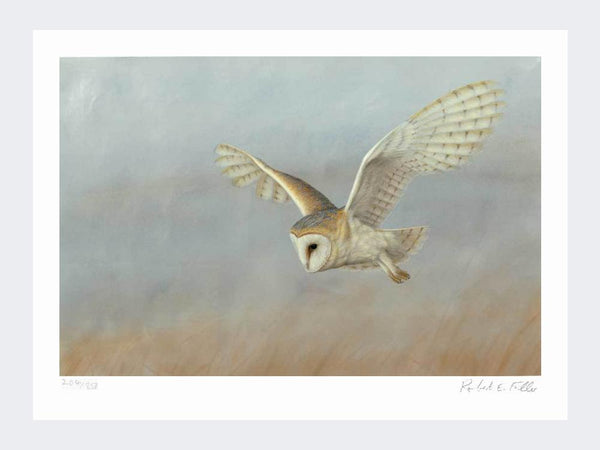
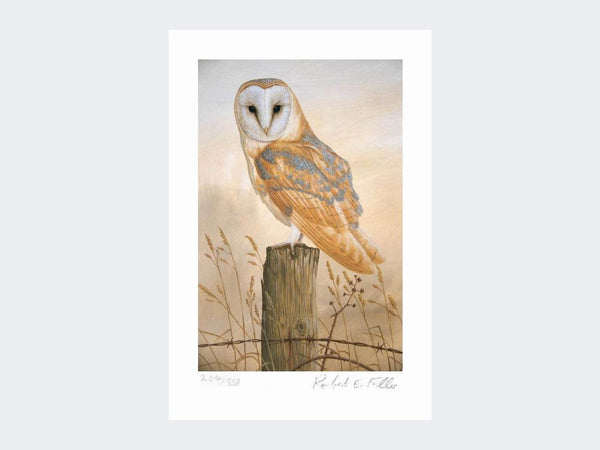
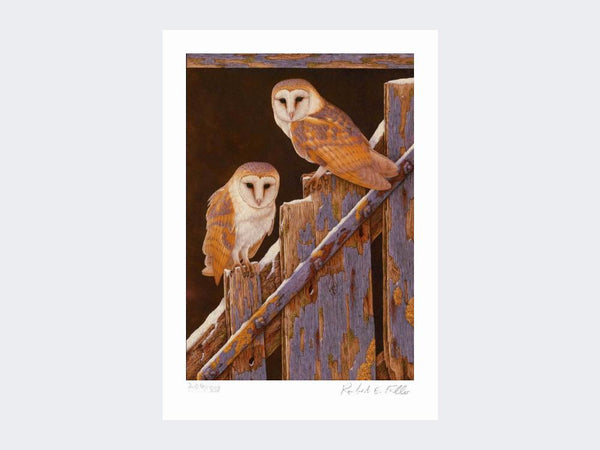
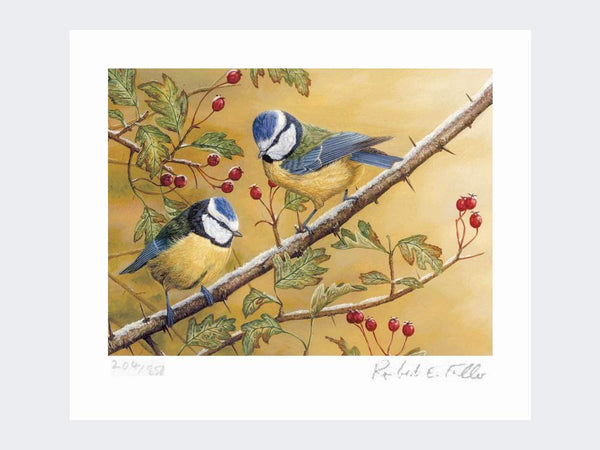
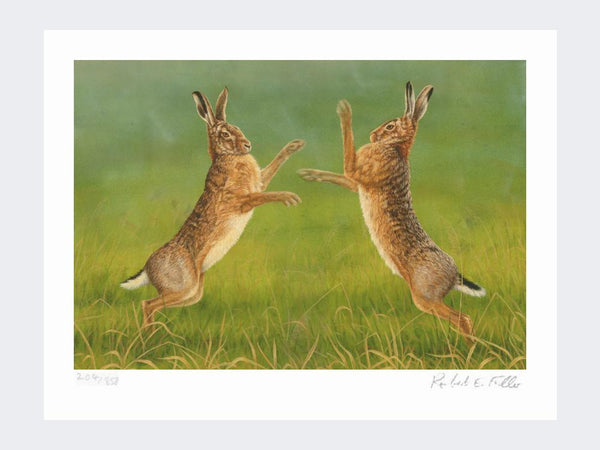
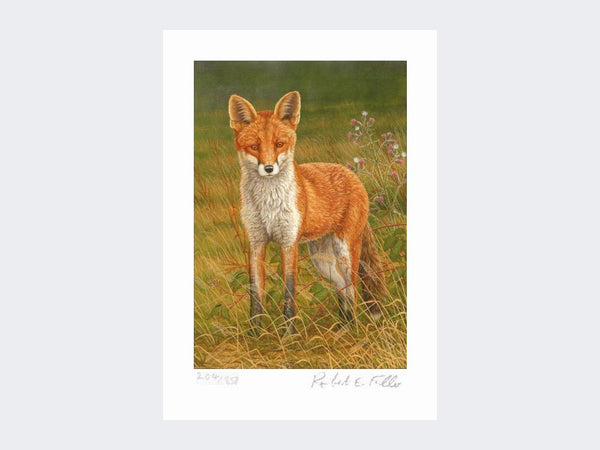
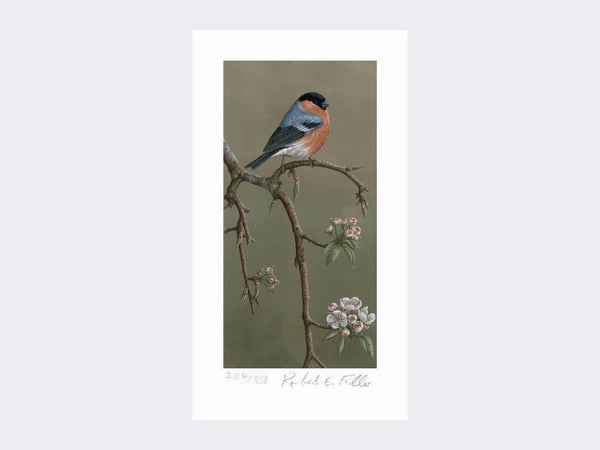
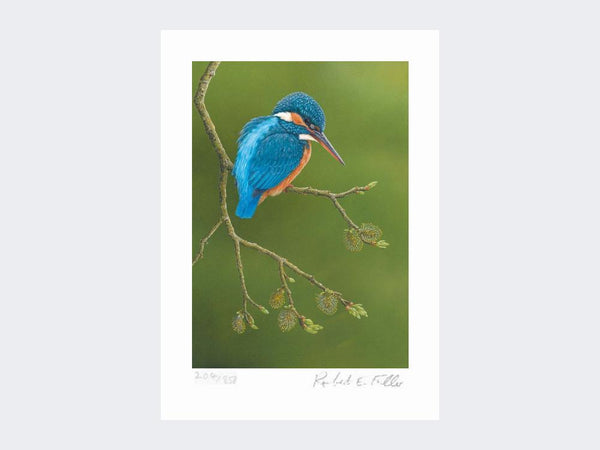
2 comments
Fabulous photos and information!! Thank you so very much for your dedication to getting the amazing photos and taking the time to compose the written material 👍👍👍👍🇬🇧🇬🇧
Wow what an interesting article, certainly got to learn something about the grouse and the photographs are terrific! You go to extreme measures to achieve the results you want, but they do pay off handsomely and your paintins tell it all! Thank you for your efforts in sharing everything with us regarding these birds, much appreciated.